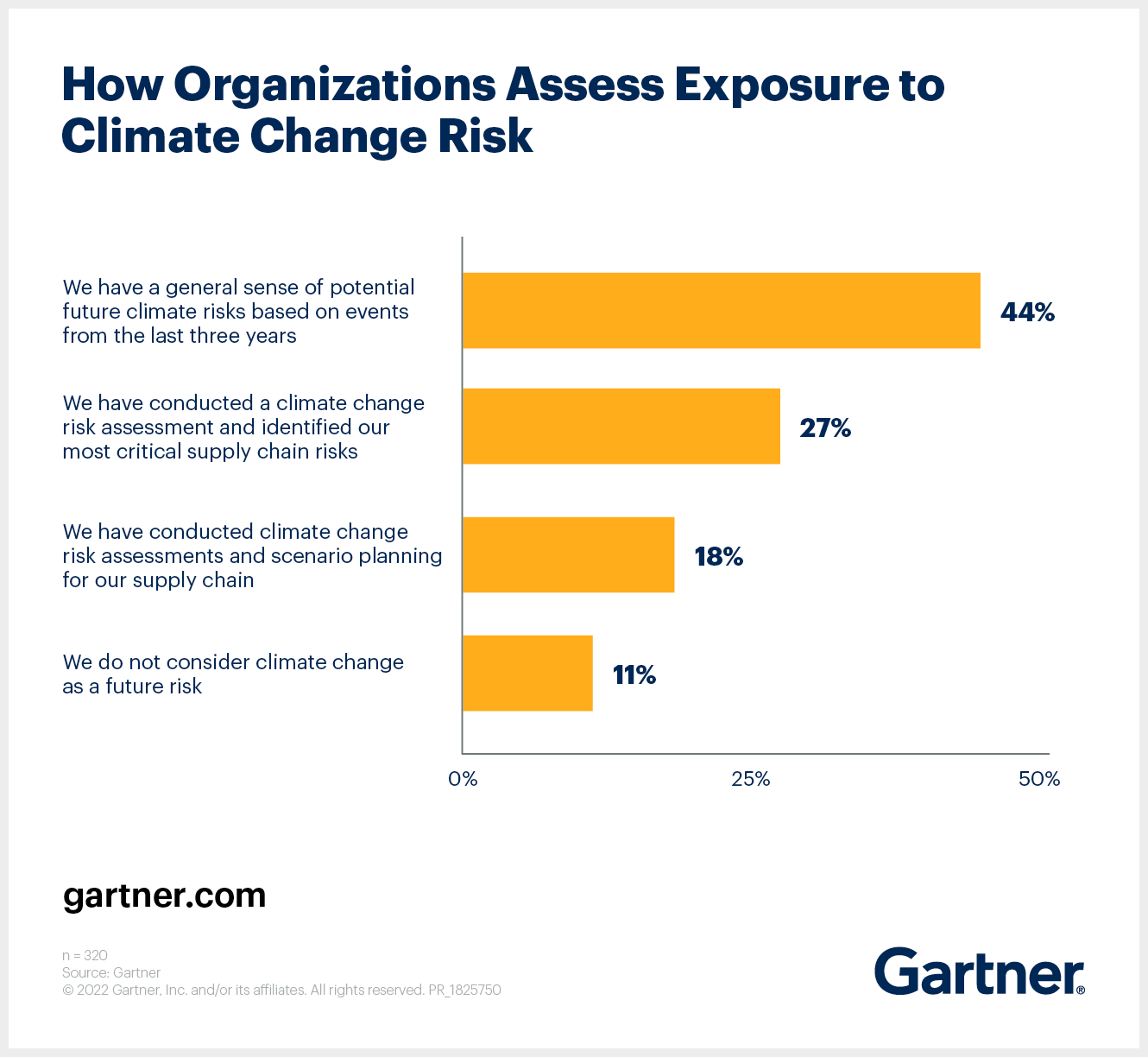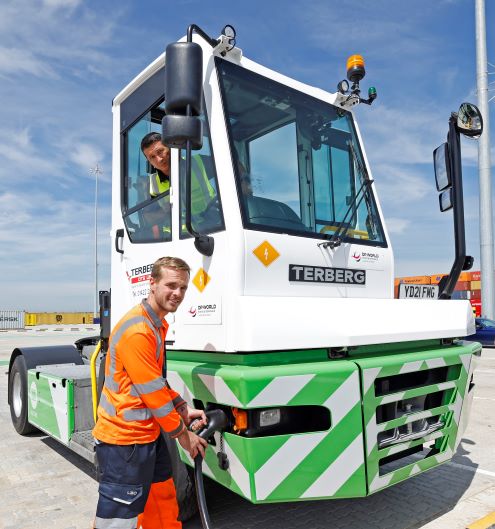First Hydrogen, the developer of zero emissions vehicles and green hydrogen production, is collaborating with the AHFC (the UK Aggregated Hydrogen Freight Consortium). The announcement coincides with confirmation that First Hydrogen’s two demonstrator hydrogen-powered light commercial vehicles (LCV) are on schedule for testing and on-road commissioning starting in late July 2022 in the UK.
The commissioning integrates First Hydrogen’s two MAN eTGE vehicles with the First Hydrogen FCE1 fuel cell propulsion system. The vehicles are expected to be delivered in Q4 this year ready for potential customer real-world usage trials in early 2023.
Managed by Element Energy, the AHFC is a partnership between leading hydrogen industry and mobility companies, including Air Products, Anglo American, Hyundai, Toyota and BOC. The consortium works together with large UK fleet operators to accelerate the commercial roll out of fuel cell vans and trucks and hydrogen refuelling infrastructure.
So far, 10 fleet operators have expressed interest in trialling First Hydrogen’s vehicles in their real-world operations, to experience the range and operational flexibility benefits hydrogen offers. These fleets comprise major operators from industries, including telecoms, express delivery, national utilities and national infrastructure companies; a national UK supermarket chain; a national vehicle breakdown and recovery association; an ambulance fleet; and a national fleet leasing group. The fleet trials will operate across multiple UK locations from West London, Birmingham and Sheffield, to Tees Valley and Aberdeen.
First Hydrogen and Element Energy expect to release more details on the AHFC van programme later this year.
Steve Gill, CEO of First Hydrogen Automotive, says: “Our proposal has received quite a response. We are excited to work with Element Energy and to bring our technology directly to fleet companies, demonstrating the benefits of fuel cell powered light commercial vehicles. It is a great opportunity for us to generate customer interest in our vehicles and gain first-hand customer and driver feedback to contribute to our bespoke vehicle development programme.”
William Darby, Principal Consultant, Element Energy, stated: “After hearing about the First Hydrogen van product, we knew this would spark a lot of interest from our van operator group. We are looking forward to working with First Hydrogen to ensure the trial meets the needs of each operator, whilst also providing First Hydrogen with the information and support it needs to continue developing the product.”











